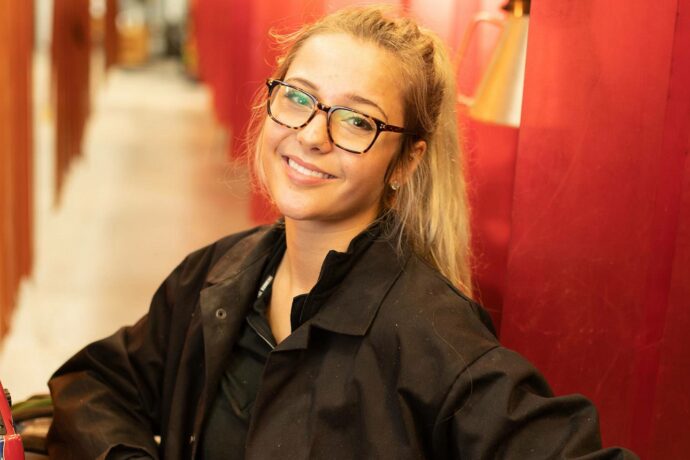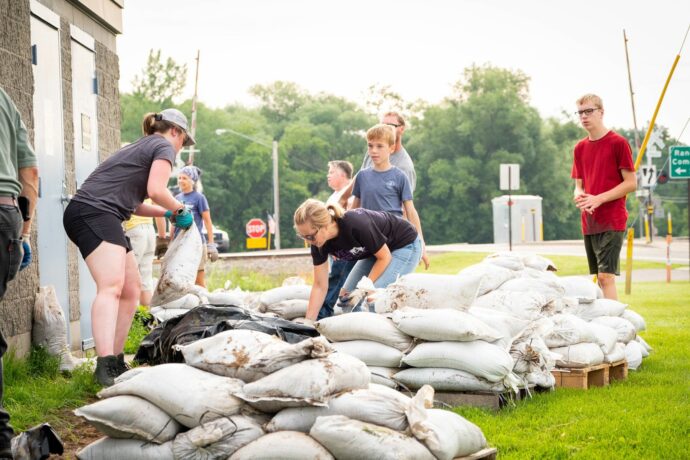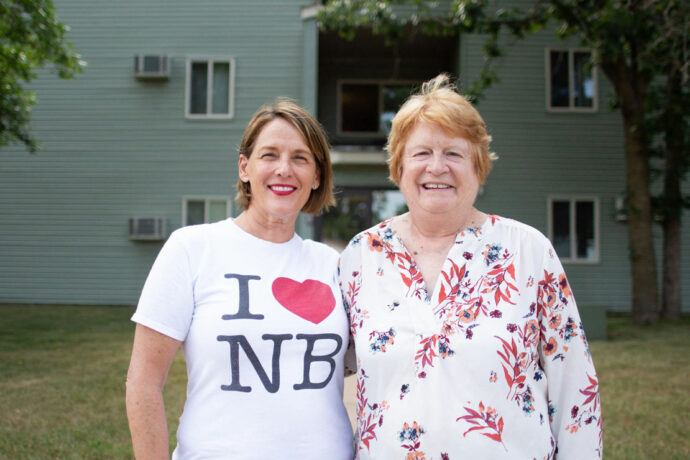Community-Building
You're Helping Us Build Community
From childcare solutions to disaster response to job-creating clean-energy initiatives, the Initiative Foundation is your trusted local partner for community, childcare, economic development and workforce solutions.

Renewable Energy
From solar projects to electric vehicles and from coal-plant transitions to carbon-capture initiatives, a clean-energy economy is a powerful economic engine that creates jobs and enriches our communities.

Childcare Solutions
Access to quality, affordable childcare is one of the top economic development issues in our region today. Our program supports community planning, public policy advocacy, project investments and technical assistance for providers.

Community, Workforce Development
Through grants, programming and public policy advocacy, the Initiative Foundation is investing in your commmunity to support job-creating initiatives that enrich our hometowns.

Disaster Response
When natural or man-made disasters occur, the Initiative Foundation’s disaster response team will mobilize to build a local coalition, attract outside resources, and to quickly spin up a tax-deductible and local giving option to aid in the recovery.

Community Development Newsletter
Subscribe to the Initiative Foundation’s community development newsletter to stay in the loop on resources and opportunities.
Contact Us Today
Reach out to a member of our team for more information or to start a conversation on community-building initiatives.
